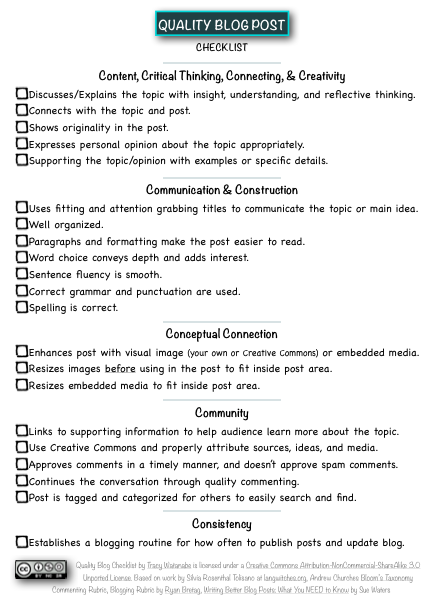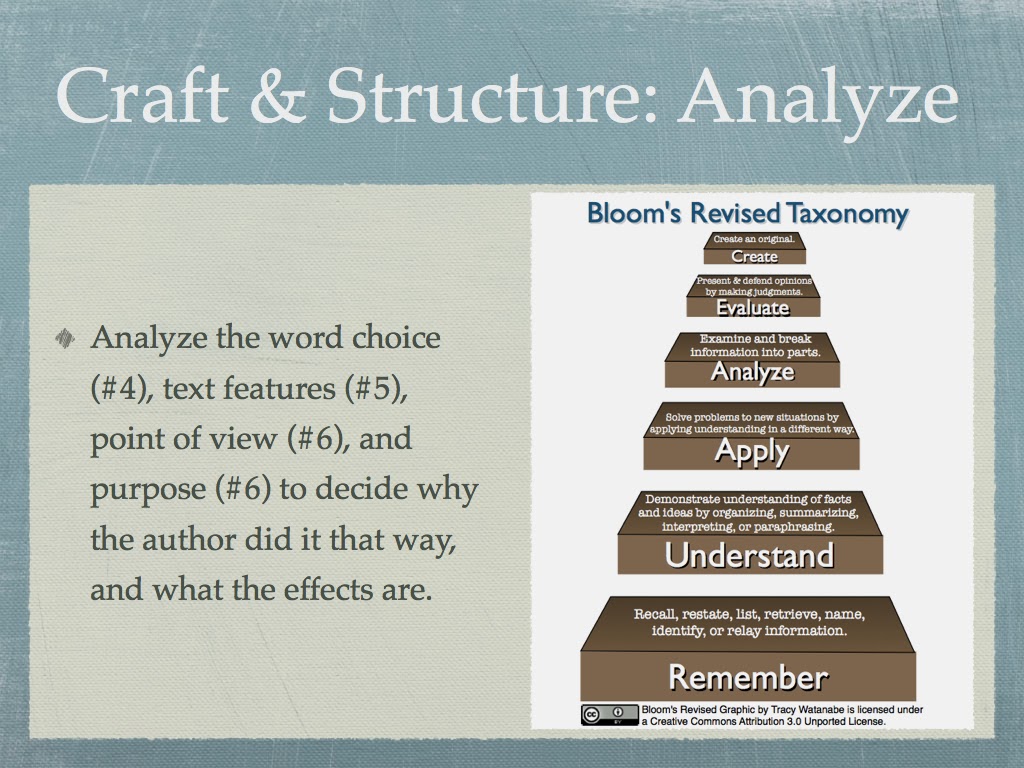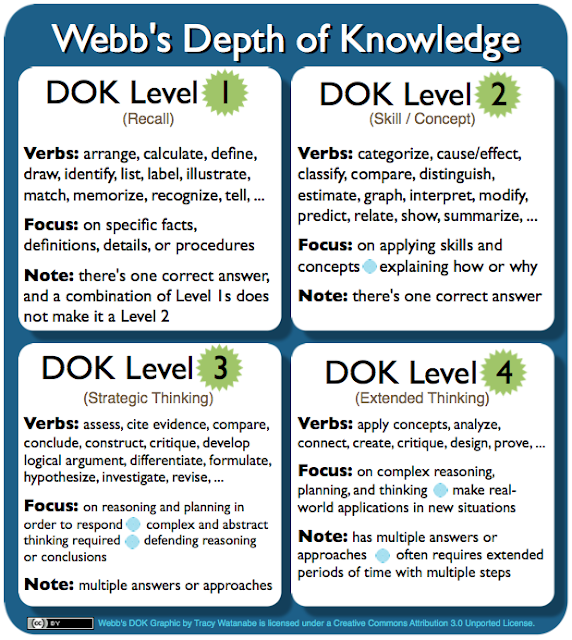Harnessing Powerful Ideas: Leading One-to-One
How you set up and lead one-to-one is based on your vision for one-to-one. So, what's your vision?
Why 1:1? How will students use the tech? For what?
The purpose of one-to-one is to give the students ubiquitous access to learning. The device itself is not the purpose of one-to-one -- augmenting students' learning is. Therefore, it's essential to know what change you want to see in your district/school that one-to-one can support.
How does 1:1 connect to and support other district or site initiatives?
One-to-one is a learning initiative, and not a technology program. It should not be treated as something separate or as an add-on. It needs to directly connect to the district's/school's mission and vision statement, especially regarding how it will enhance the educational goals.
One-to-one must also connect to and support other district/site initiatives. For example, our district is also implementing the Arizona College and Career Ready Standards (known in other states as the Common Core State Standards); therefore, it's imperative that we connect and communicate how technology is built into the standards.
What percentage of the tech budget goes towards educator PD?
One-to-one can make a difference when there is ongoing, job-embedded professional learning. Yet, I hear about some of the epic failures, and one of the lacking ingredients is the allocation of budget, time, and energy regarding professional development.
Professional development for one-to-one must be more than a few workshops before the beginning of the school year. Administrators need training to lead a one-to-one learning initiative, and so will the teachers. Consider investing in technology peer coaches that "get it" and have great people skills.
Set realistic goals for each year of implementation; focus on the pedagogy; help them gain quick wins; and support the educators. Change is difficult, and it takes time, which is why having ongoing professional learning is important for one-to-one success.
What feedback do you collect from students and parents? How often do you collect it?
In addition to communicating with staff, include students and parents in the feedback loop. There is a lot to learn from students and parents by collecting feedback and listening. Use their responses to improve the one-to-one initiative. Furthermore, this needs to be done throughout the year.
I like asking questions based on Kirkpatrick's levels of evaluation.
Final thoughts
First and foremost, create clear goals for one-to-one and communicate those goals.
When those goals can clearly be communicated, it will help with:
Beyond the infrastructure that needs to be established, the leadership must be ready to drive the initiative by:
This post was written in honor of Leadership Day 2014, a call from Scott McLeod to share powerful ideas with education leaders.
Why 1:1? How will students use the tech? For what?
The purpose of one-to-one is to give the students ubiquitous access to learning. The device itself is not the purpose of one-to-one -- augmenting students' learning is. Therefore, it's essential to know what change you want to see in your district/school that one-to-one can support.
- What learning do you want to see, and how will technology make that possible?
- What does that look like?
- How will the students use the technology to accomplish those goals?
How does 1:1 connect to and support other district or site initiatives?
One-to-one is a learning initiative, and not a technology program. It should not be treated as something separate or as an add-on. It needs to directly connect to the district's/school's mission and vision statement, especially regarding how it will enhance the educational goals.
One-to-one must also connect to and support other district/site initiatives. For example, our district is also implementing the Arizona College and Career Ready Standards (known in other states as the Common Core State Standards); therefore, it's imperative that we connect and communicate how technology is built into the standards.
What percentage of the tech budget goes towards educator PD?
One-to-one can make a difference when there is ongoing, job-embedded professional learning. Yet, I hear about some of the epic failures, and one of the lacking ingredients is the allocation of budget, time, and energy regarding professional development.
Professional development for one-to-one must be more than a few workshops before the beginning of the school year. Administrators need training to lead a one-to-one learning initiative, and so will the teachers. Consider investing in technology peer coaches that "get it" and have great people skills.
Set realistic goals for each year of implementation; focus on the pedagogy; help them gain quick wins; and support the educators. Change is difficult, and it takes time, which is why having ongoing professional learning is important for one-to-one success.
What feedback do you collect from students and parents? How often do you collect it?
In addition to communicating with staff, include students and parents in the feedback loop. There is a lot to learn from students and parents by collecting feedback and listening. Use their responses to improve the one-to-one initiative. Furthermore, this needs to be done throughout the year.
I like asking questions based on Kirkpatrick's levels of evaluation.
Final thoughts
First and foremost, create clear goals for one-to-one and communicate those goals.
When those goals can clearly be communicated, it will help with:
- decisions about devices to purchase;
- the programs/apps to load on those devices;
- other 1:1 campuses to observe or interview to learn from and with;
- and how to prioritize educator training.
Beyond the infrastructure that needs to be established, the leadership must be ready to drive the initiative by:
- creating, communicating, and implementing the vision;
- connecting the initiative to other initiatives;
- provide educators with ongoing, job-embedded professional learning;
- and collecting feedback from all stakeholders, including students and parents.
 |
| Image by Scott McLeod |
This post was written in honor of Leadership Day 2014, a call from Scott McLeod to share powerful ideas with education leaders.
- What powerful ideas would you add to this post about leading one-to-one?
- What questions do you have?
- What insights can you share?
- How else did this post connect with you?
.png)
.png)
.png)



Comments
Post a Comment
Directions for posting:
1) Choose "Comment As" first. If you don't have a Google/Blogger account, you can choose Name/URL and type in your name, then place the web site that best describes you in the URL (i.e. www.ajusd.org). Or, you can choose "Anonymous".
2) You may need to press "Post Comment" more than one time.
It is always wise to copy your comment before pressing "Post Comment" just in case something happens.
3) Type in the word verification.
4) If you did everything correctly, it will state, "Your comment has been saved and will be visible after blog owner approval." If you do not get that message, please try again.
Click here for a tutorial on how to comment.
Thank you!